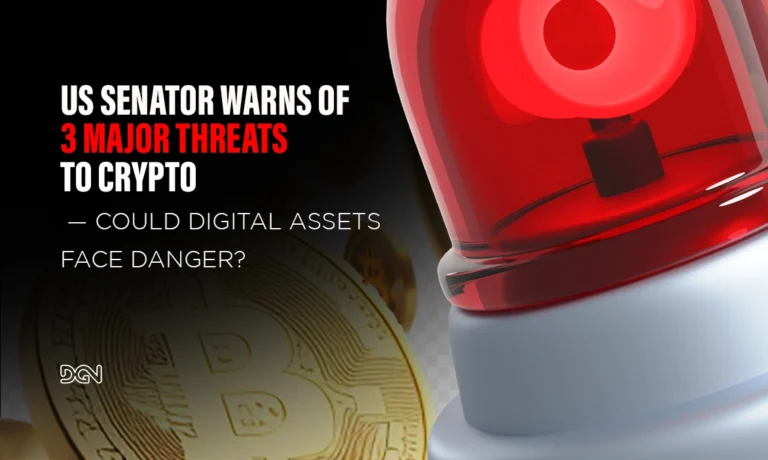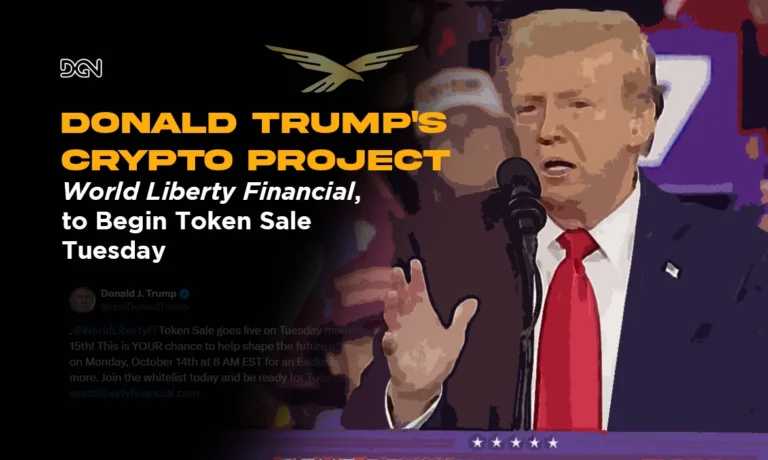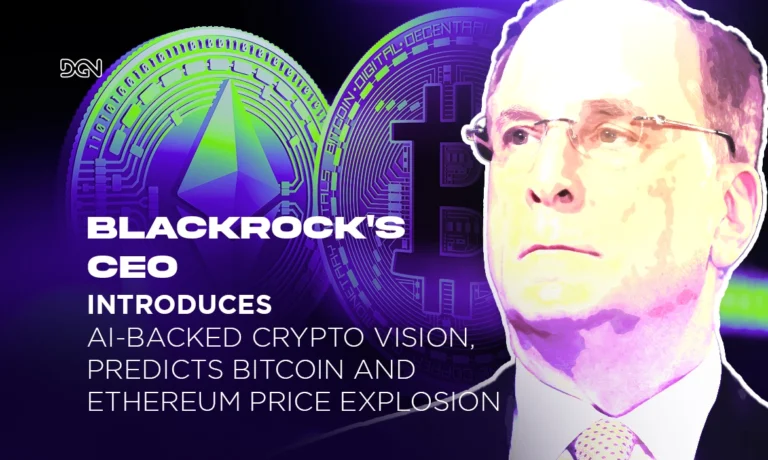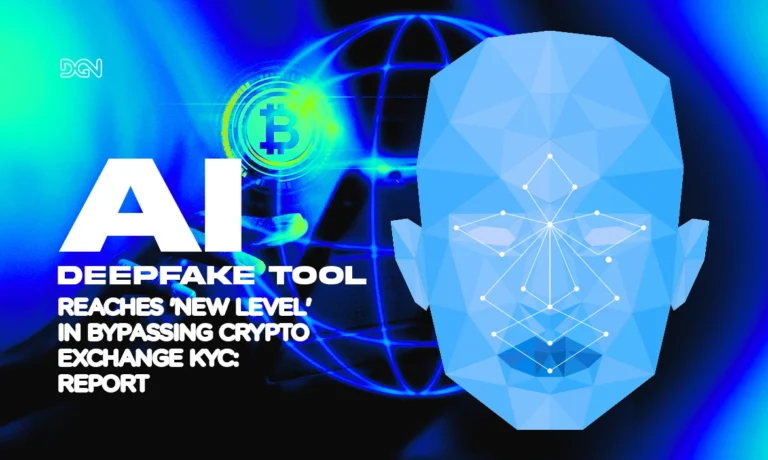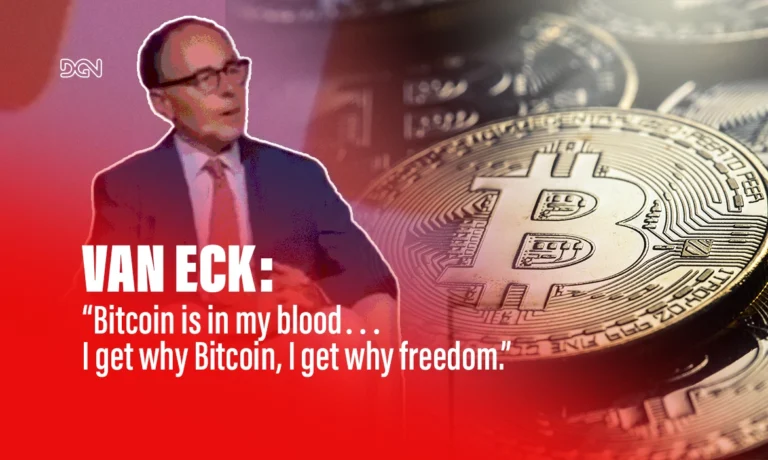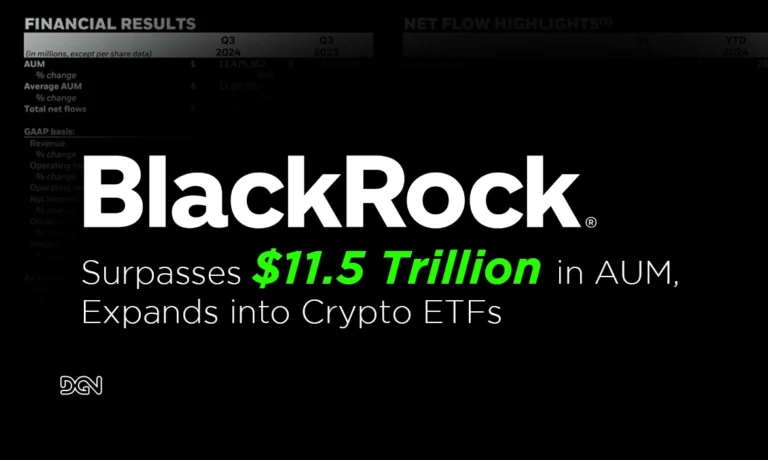Telegram’s Crypto Wallet Service Removed in France Amid Growing Legal Scrutiny
In a significant move, Telegram has removed its crypto wallet service from France, a decision that follows a surge in legal and regulatory pressure on the platform and its founder, Pavel Durov. The development has sparked widespread attention, especially after Durov’s unexpected arrest in Paris on August 24, 2024, which sent shockwaves across the tech and crypto communities.
Telegram has long been a prominent platform for cryptocurrency transactions and encrypted messaging, making its recent decision to pull the crypto wallet service particularly noteworthy. This move marks a pivotal moment in the ongoing regulatory scrutiny of digital platforms across Europe.
Also read: Ripple Co-Founder Donates $1M in XRP to Kamala Harris Amid SEC Legal Battle
Durov’s Arrest: The Charges Behind the Legal Battle
Pavel Durov’s arrest in France is tied to six distinct charges, some of which involve serious allegations related to Telegram’s content management. While charges of distributing illegal content such as child pornography and facilitating drug trafficking dominated headlines, two accusations have rattled the tech industry:
- Offering cryptographic services without the required governmental declarations.
- Importing a cryptographic application without authorization.
These charges stem from Telegram’s non-compliance with a 2004 French law that mandates any service offering encryption to notify the French cybersecurity agency (ANSSI) about the technical specifications of the cryptographic tools, including the software’s source code. The application of this rarely enforced law has brought Telegram into direct conflict with French authorities, leading to serious legal repercussions for Durov and his company.
The Cryptography Debate and Telegram’s Vision of Privacy
Telegram’s foundational principles of privacy and secure communication are now at odds with French regulations, which demand transparency regarding encryption tools. While Telegram has always marketed itself as a defender of digital privacy, its failure to comply with this law exposes a vulnerability in its operations, especially since its encryption services are not enabled by default.
French authorities view this non-compliance as a significant breach, considering the potential misuse of encrypted platforms for illegal activities. Telegram’s reluctance to fully disclose the technical details of its cryptographic tools has raised questions about the extent to which the platform can guarantee user privacy without violating local laws.
Removal of Telegram’s Crypto Wallet: A Reaction to Escalating Regulatory Pressure
The removal of Telegram’s crypto wallet service in France appears to be a direct response to the growing scrutiny from European regulators. Telegram’s wallet service allowed users to perform cryptocurrency transactions within the app, making it a key feature for users engaged in the digital asset space.
However, as European governments, including France, tighten regulations surrounding cryptocurrency services to combat money laundering, fraud, and other illegal activities, platforms like Telegram have found themselves in difficult positions. The decision to suspend the wallet service in France reflects Telegram’s attempt to mitigate legal risks and comply with regulatory demands.
Cryptography Laws: A Complex Web of Compliance
The legal battle over cryptography services is far from simple. French law requires companies offering encryption tools to declare their technical details, including the source code, to national cybersecurity agencies. This level of oversight, more common in countries like China, contrasts with the laissez-faire approach typical of Western democracies.
Telegram’s case could set a precedent for other encrypted messaging platforms, such as Signal and WhatsApp, which might also face similar legal challenges. If the French authorities continue to apply this regulation, it could reshape the regulatory landscape for secure messaging services across Europe.
Telegram’s Legal Defense: Durov’s Position on European Regulations

Durov’s legal team has been quick to defend Telegram’s operations, claiming that the platform fully complies with European regulations, including the Digital Services Act (DSA). The DSA governs how digital platforms must operate within the EU, aiming to create a safer digital environment by combating illegal content and ensuring transparency.
However, French regulators remain unconvinced. They argue that Telegram’s historic lack of cooperation and the non-compliance with cryptographic laws require firm legal action. The arrest of Durov and the suspension of Telegram’s crypto wallet service highlight the increasing regulatory attention to encryption and cryptocurrency tools across Europe
A Growing Dilemma for Tech Companies: Privacy vs. Compliance
The tension between user privacy and regulatory compliance is at the heart of Telegram’s ongoing legal challenges. As European governments push for more transparency from digital platforms, tech companies like Telegram face the difficult task of balancing their privacy-focused principles with the need to adhere to local laws.
For Telegram, a platform that has long championed freedom of expression and user privacy, the current situation poses a significant threat to its operations in Europe. The arrest of Durov and the legal action against Telegram may only be the beginning, with other tech companies likely to face similar scrutiny in the future.

